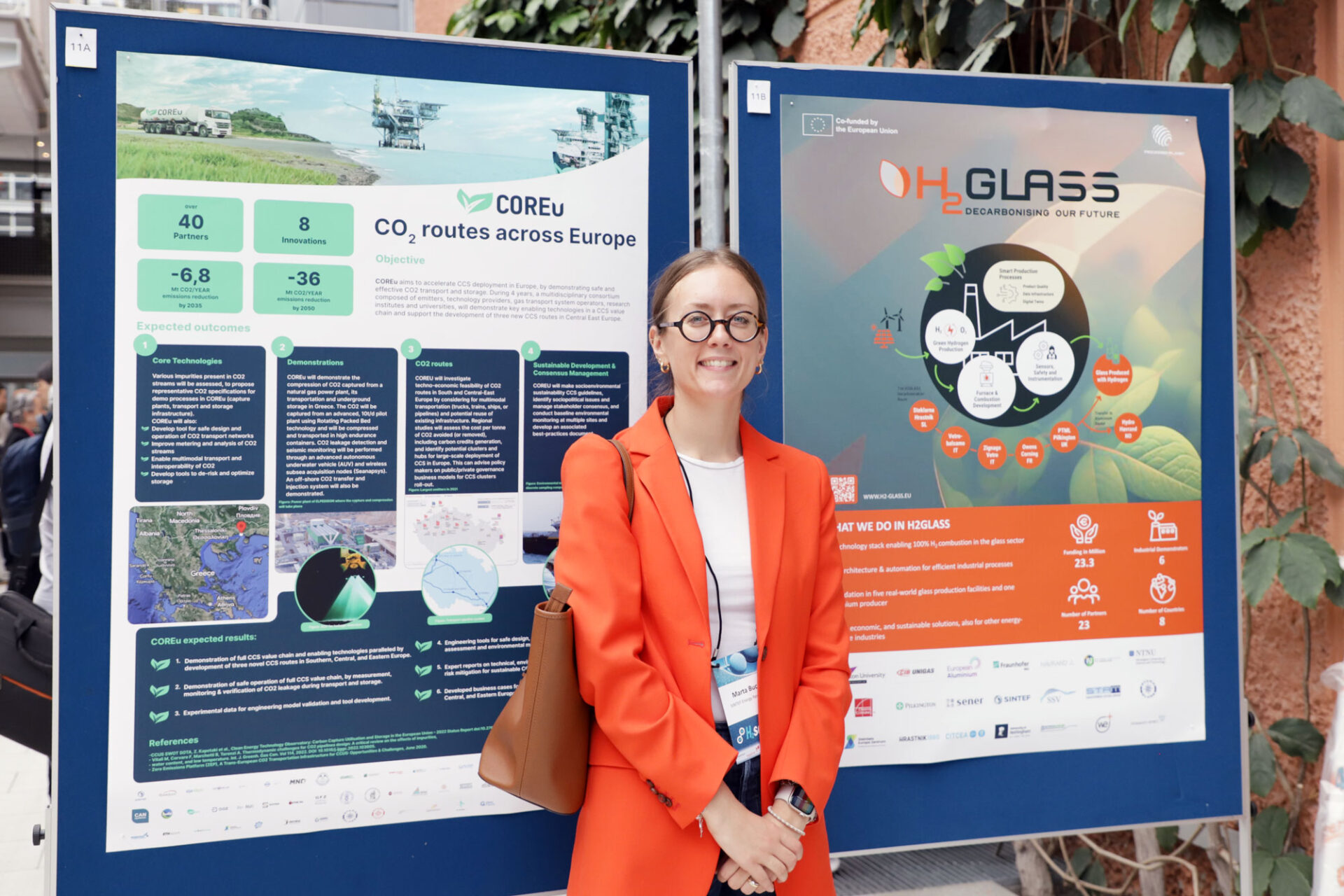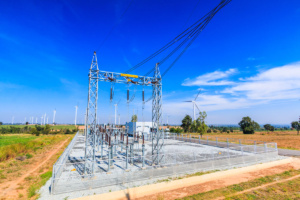Hydrogen is considered to play a central role in decarbonizing several industries as an alternative to hydrocarbons and other fossil fuels. Hydrogen is also a hazardous substance, with the potential to cause harm to people, equipment and the environment. However, this does not mean that hydrogen is unsuitable as a part of the energy transition or more dangerous than other fuels we are using today. Rather, we need more research to demonstrate and guarantee the safety of new hydrogen solutions.
Hydrogen as an alternative to fossil fuels
Hydrogen is often considered to be a carbon-free alternative to hydrocarbons and other fossil fuels that will play a central role in decarbonizing several industries as part of the energy transition. For many decades, hydrogen has been used in refining, chemical and manufacturing industries, and in recent years, has also been proposed for other industrial sectors, from transport and mobility (such as road, shipping, aviation and aerospace) to power (for example, in gas turbines) and process and manufacturing industries (for example, as a fuel in the glass industry).
The European and global energy crisis of the last five years has provided an additional boost to supporting and promoting the emergence of a reliable, secure and efficient hydrogen economy. The maturity of hydrogen technologies for these new industrial applications varies across the supply chain and the end users. However, there are safety factors to consider when handling hydrogen.
Hydrogen is a hazardous substance
From a physical point of view, hydrogen has a very low density and boiling point, which means it can be stored in two different states: as pressurized gas or as cryogenic liquid. Pressurized gases represent a hazard due to the possibility of ruptures in their containment equipment, blasts and physical explosions. Cryogenic substances are also potential hazards due to the possibility of cold burns from the cold materials, as well as the possibility of insulation failure leading to rapid evaporation and pressure build up – and, potentially, an explosion.
The hydrogen molecule is small and therefore able to permeate and degrade different materials, such as low carbon steels. Internal defects in equipment material can accumulate hydrogen molecules, which can cause the material to degrade and potentially rupture. Other mechanisms that can lead to the degradation and failure of hydrogen equipment include hydrogen embrittlement, high temperature hydrogen attack and hydrogen stress cracking.
Furthermore, hydrogen is an extremely flammable gas, with a wide flammability range and a minimum ignition energy (MIE) that is 10 times lower than the one of methane. Hydrogen is therefore easier to ignite than natural gas and other hydrocarbons, and it also burns with flames that are scarcely visible.
An interdisciplinary, holistic approach to hydrogen safety is needed
These challenges do not mean that hydrogen is automatically more dangerous than other substances and unsuitable as part of the energy transition. Rather, that there is a general need to increase the technology readiness levels of the proposed hydrogen solutions, and to guarantee and demonstrate their safety. This requires adopting an interdisciplinary, holistic approach to analyzing the safety risk levels associated with new hydrogen technology.

At this stage, the combination of fundamental and applied research is of paramount importance to develop new knowledge about the mechanisms that cause the loss of integrity and hydrogen releases. This includes modelling hydrogen dispersion in the environment, analyzing ignition and assessing the consequent fires and explosions. Doing so will enable the development of a management framework for the safe handling of hydrogen as well as the safe development and use of hydrogen technologies.
Strategies for monitoring and inspection of hydrogen containing equipment must also be developed to prevent releases. If the loss of containment cannot be avoided, mitigation strategies to avoid ignition or to contain the damage due to fire and explosion loads once the flammable cloud is ignited must be defined and prioritized.
Investigating a risk management framework for hydrogen
In Centre for Environment-friendly Energy Research (FME) HYDROGENi, we are researching approaches, methods and tools for hydrogen (and ammonia) safety risk management.
Currently, we are investigating a comprehensive, multi-disciplinary risk management framework for hydrogen systems and technologies across the value chain. The objective is to define specific strategies and approaches for the safe handling, transport, storage and use of hydrogen both in liquid and gaseous form. Preventive measures to avoid the loss of containment are being investigated through a deep analysis of the failure mechanisms and failure modes specific for hydrogen equipment. Mitigative barriers, once the hydrogen release could not be prevented, are also being assessed. Scientific approaches based on detailed thermos- and fluid-dynamics are being defined for the analysis of the consequences of hydrogen leaks.
HYDROGENi also works actively to provide input to the development of standards, regulations and codes. This work aims to reduce the risks associated with novel and established hydrogen systems and technologies while increasing the end-user confidence.
We cannot risk setbacks or societal skepticism of hydrogen
Sufficient and detailed knowledge is of paramount importance to safeguard human life, the environment and the involved assets when handling any hazardous substance. However, accidents can also lead to significant setbacks in the development and uptake of a certain technology and energy vector.
Given the urgency of decarbonizing the existing energy mix, we cannot risk setbacks or societal skepticism of hydrogen and its storage and use. It is of paramount importance to address and assess the safety of new emerging technologies and to ensure that they are handled safely. The research being performed in projects like HYDROGENi will contribute to achieving this goal.









Comments
No comments yet. Be the first to comment!